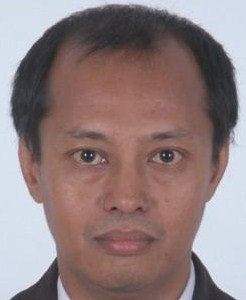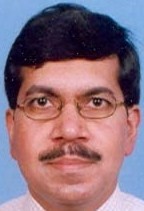Bulletproof vest has GPS, sends alert: The S-911 Vest from Laipac Technology is chest armor with brains. It has sprouted a GPS system. It’s designed for military, police, law enforcement agencies etc. It is the invisible eye for the Commander during tactical missions. It provides automatic GPS tracking with accurate position, time, date, speed & heading.
www.laipac.com
Indonesia develops NSDI using cloud: Indonesia’s National Coordinating Agency for Survey and Mapping, BAKOSURTANAL, is developing its National Spatial Data Infrastructure (NSDI) using cloud computing technology. This initiative aims to provide accurate and reliable geospatial information to government agencies and the general public.
www.futuregov.in
Space Wing installs large software sustainment release
The 50th Space Wing’s 2nd Space Operations Squadron installed a major software release containing 104 fixes to the GPS Ground Segment. This is the largest sustainment release to the GPS ground segment since transitioning to the Architecture Evolution Plan system in 2007. Since 2007, the GPS Directorate has been concentrating on delivering new capability software to the ground segment for the IIF satellite, increasing navigation signal strength and anti-spoof capability.
November 2011
The 3rd Asia Oceania Regional Workshop on GNS, 1 – 2 November 2011,
Jeju Island, Korea, www.multignss.asia/workshop.html

Location Base Services (LBS) is service mechanisms that provides information about the location and take advantage of the location. Global Positioning System (GPS) is one of Devices that inform the position. Mobile phone GPS has the advantage because they can be used also as a means of communication and the completeness of the camera (photo and video) resolution good enough to take photos that have coordinates ((Geo)tagging photo) and can be sent directly to the office for more information .

National Data Sharing and Accessibility Policy (NDSAP) is announced by the Department of Science and Technology (DST), Government of India in May 2011. This is certainly a bold step in terms of providing the information proactively as Indians have a constitutional backup for the right to information through the Right to Information Act 2005. The NDSAP talks about sharable data and non-sharable data (negative list). The negative list is that which includes the data that is not sharable and would not be available on the public domain. Section 8 and 9 of the Right to Information Act, 2005, the Information Technology Act, 2000, and Right to Privacy upheld by the Honourable Supreme Court of India in its various judgments, will be the guiding factors preparing the negative list. The metadata of the sharable data will be available on a portal (www.data.gov.in).

The Survey Department of Brunei Darussalam, with the collaboration of the Universiti Teknologi Malaysia (UTM), has carried out a study on the establishment of a new geodetic framework for the country. A new geocentric datum for Brunei Darussalam 2009 (GDBD2009) was established using GPS space geodetic technology based on the ITRF2005 reference frame. The GDBD2009 is related to ITRF2005 through the inclusion of the 8 GPS stations of the Brunei Darussalam Zero Order Network and have been processed together with more than fifty IGS stations around the world. The realization of GDBD2009 requires the determination of a new datum transformation and map projection scheme. A new set of transformation parameters to be use in converting from the existing local datum to the new GDBD2009 has been computed. The implication of this new datum on the existing cadastral and mapping practices, various GPS non-mapping applications, and the GIS/LIS related applications are taken into consideration.













 (5.00 out of 5)
(5.00 out of 5)